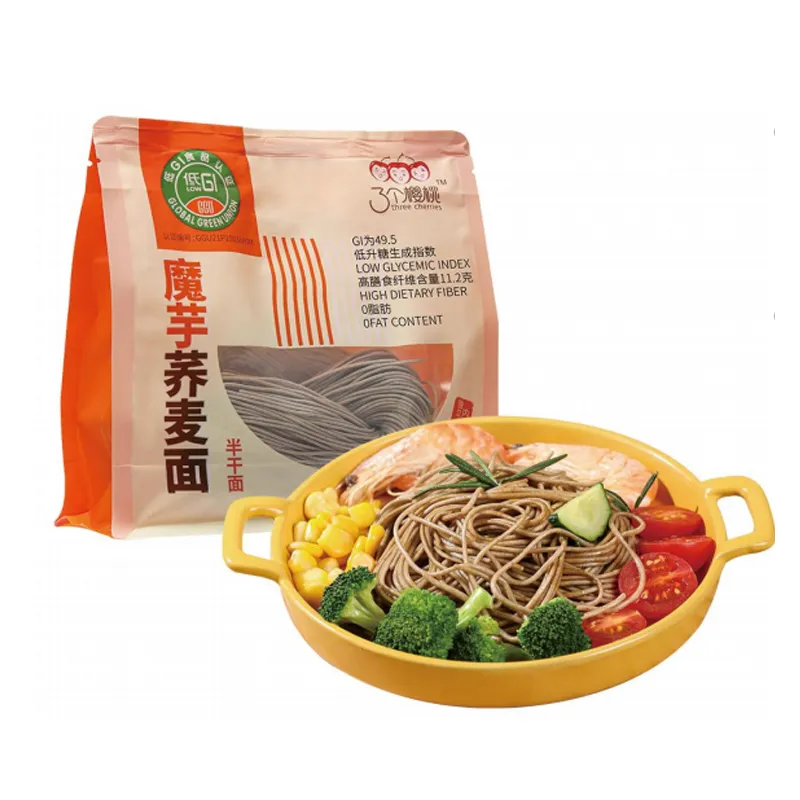fresh pasta maker
The Art and Joy of Fresh Pasta Making A Culinary Journey
In the world of culinary arts, few experiences can compare to the satisfaction of creating fresh pasta from scratch. A fresh pasta maker is not just a tool; it’s an invitation to explore the rich traditions of Italian cooking, a canvas for creativity, and a means to share a hearty meal with loved ones. The experience of making fresh pasta is as rewarding as the delicious results that follow.
The Allure of Fresh Pasta
Fresh pasta stands apart from its dried counterpart in both texture and flavor. When you roll out sheets of fresh dough, the aroma of flour and eggs permeates the kitchen, awakening the senses. Unlike dried pasta, which can sometimes feel bland and lacking in character, fresh pasta boasts a softness and tenderness that can’t be replicated. Whether you’re preparing fettuccine, ravioli, or pappardelle, the possibilities are endless.
Essential Ingredients
At the heart of fresh pasta are just a few simple ingredients flour, eggs, and a pinch of salt. The type of flour you choose can affect the final product significantly. Many chefs prefer ‘00’ flour, which is finely milled and offers a silky texture. For those seeking a whole grain alternative, semolina flour can add a unique depth of flavor. Ultimately, it’s the balance of these ingredients that will yield a pleasing dough.
The Pasta Making Process
Making fresh pasta is a meditative process that allows for creativity and experimentation. Start by forming a mound of flour on a clean work surface, creating a well in the center for the eggs and salt. With your fingers, gently mix the ingredients, incorporating the flour bit by bit until a shaggy dough forms. This tactile engagement with the ingredients is essential, emphasizing the connection between hands, food, and tradition.
Once the dough has come together, it’s time to knead. Kneading develops the gluten, giving the pasta structure and elasticity. After about 10-15 minutes of kneading, the dough should be smooth and slightly tacky, ready for resting. Cover it with a damp cloth and allow it to rest for at least 30 minutes. This resting period relaxes the gluten, making it easier to roll out later.
fresh pasta maker

Using the Fresh Pasta Maker
A fresh pasta maker simplifies the task of rolling out and cutting pasta. After resting, divide the dough into manageable sections. Using the pasta maker, gradually roll the dough thinner, starting on the widest setting and working down to your desired thickness. As you pass the dough through the rollers, marvel at its transformation—each pass brings it closer to that perfect sheet of pasta.
Once you’ve achieved your desired thickness, it’s time to cut. Many pasta makers come with attachments for different pasta shapes, from delicate tagliatelle to wide lasagna sheets. Alternatively, you can use a sharp knife or a pizza cutter to create unique shapes and sizes.
Cooking and Serving Fresh Pasta
Cooking fresh pasta is a quick process. It typically only requires 2-4 minutes in boiling salted water, depending on the thickness. It’s essential to taste as you go to achieve that perfect al dente texture. Once cooked, toss the pasta with your favorite sauce—be it a rich bolognese, a light garlic and olive oil, or a simple marinara. Garnish with fresh herbs, cheese, or a drizzle of olive oil to elevate the dish further.
The Joy of Sharing
The joy of making fresh pasta extends beyond the kitchen. It’s a wonderful activity to share with family and friends. Gather a group, and turn the pasta-making process into a social event—laugh, experiment, and of course, enjoy the fruits of your labor together.
In conclusion, making fresh pasta is not just about the end product. It’s a journey that invites creativity, connection, and the joy of cooking. A fresh pasta maker is your gateway into this delightful culinary adventure, allowing you to create handmade pasta that is truly a labor of love. So, roll up your sleeves, gather your ingredients, and embark on the timeless tradition of fresh pasta making today!
-
Unleash Your Inner Chef with Delectable Italian Pasta CreationsNewsAug.01,2025
-
Savor Health and Flavor: Irresistible Soba Noodles for Sale Await!NewsAug.01,2025
-
Nourish Your Body with Premium Organic Ramen - A Culinary Delight AwaitsNewsAug.01,2025
-
Elevate Your Dishes with Our Exquisite Kinds of Egg NoodlesNewsAug.01,2025
-
Dive into Flavorful Convenience with Our Ramen OfferingsNewsAug.01,2025
-
Discover Exquisite Types of Naengmyeon and Chilled Soba NoodlesNewsAug.01,2025
-
Is Whole Wheat Pasta Healthy?NewsMay.30,2025
Browse qua the following product new the we

















































































































